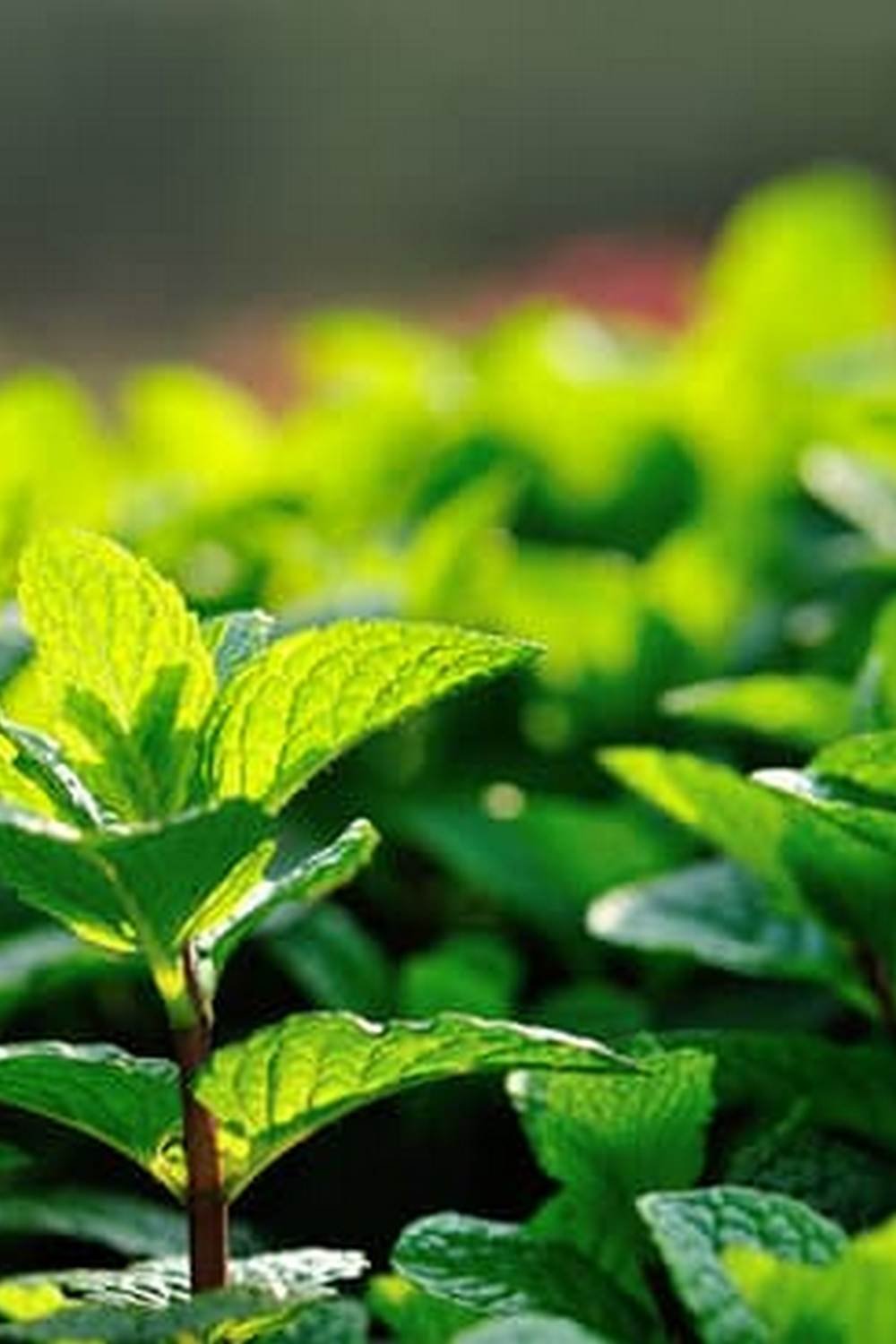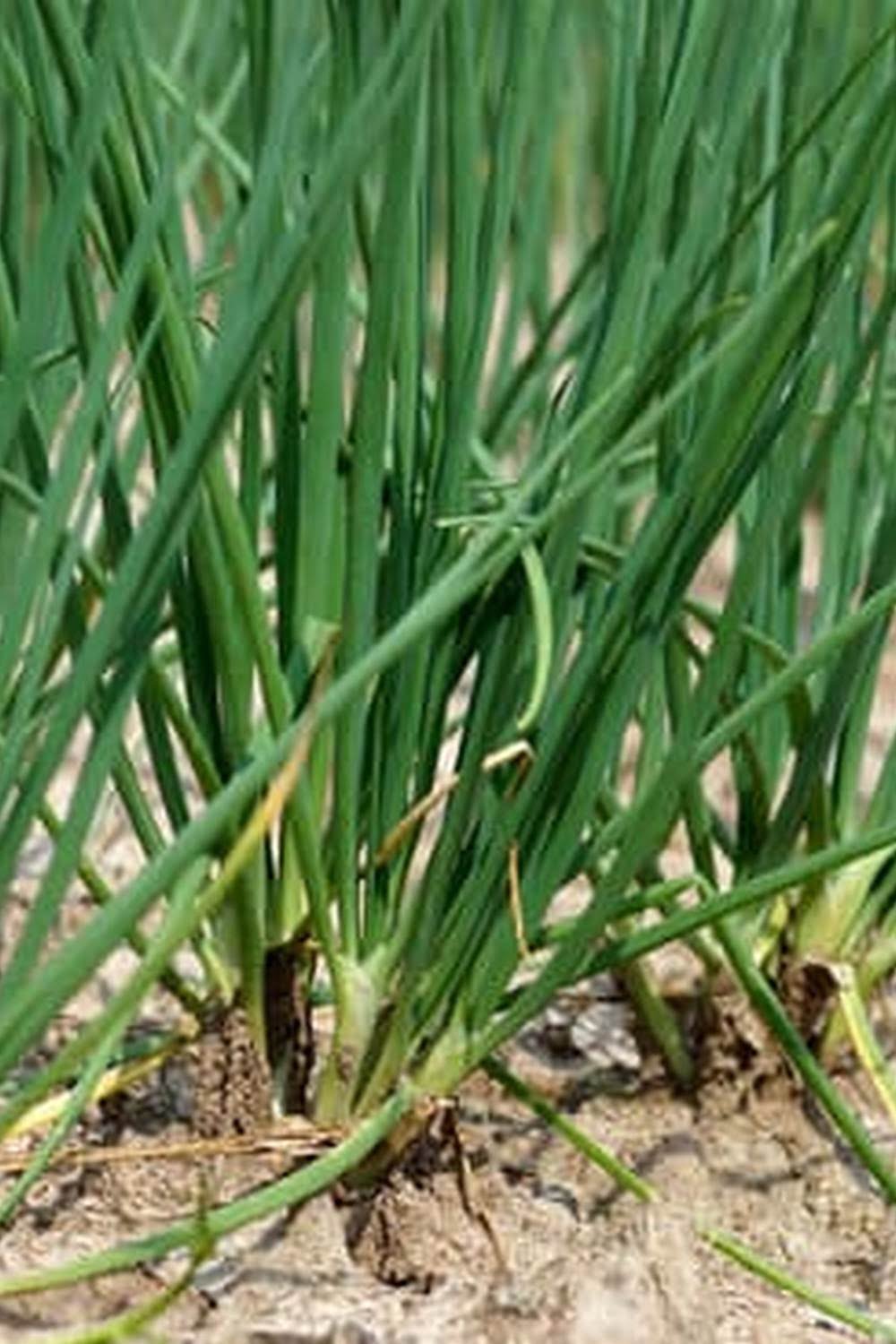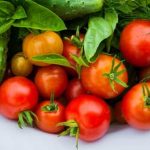Companion Planting Vegetable Garden Layout’
The best way to get the most out of your vegetable garden is to companion plant. Companion planting is the practice of planting different types of plants together in order to benefit from each other. There are many different combinations of plants that can be used, but some of the most common are planting herbs and vegetables together, planting taller plants with shorter plants, and planting nitrogen-fixing plants with other plants.
One of the benefits of companion planting is that it can help to prevent pests and diseases. For example, planting onions near tomatoes can help to deter tomato hornworms. planting garlic near roses can help to deter aphids. And planting marigolds near vegetables can help to deter nematodes.
Companion planting can also help to improve the growth and yield of vegetables. For example, planting beans with corn can help to improve the nitrogen levels in the soil, which will help the corn to grow better. And planting cucumbers with tomatoes can help to improve the yield of both vegetables.
If you are new to companion planting, there are a few things to keep in mind. One of the most important things is to make sure that the plants you are planting are compatible. Some plants, like cabbage and tomatoes, grow well together, while others, like carrots and potatoes, do not. You also need to make sure that you are planting the right plants in the right place. For example, you wouldn’t want to plant a sunflower next to a bush bean.
Another thing to keep in mind is the size of the plants. Make sure that you are planting taller plants in the back of the garden and shorter plants in the front. This will help to create a more balanced garden.
Finally, make sure to rotate your plants every year. This will help to prevent the buildup of pests and diseases in your garden.
If you are looking to get the most out of your vegetable garden, companion planting is the way to go. By planting compatible plants together, you can improve the growth and yield of your vegetables, and help to prevent pests and diseases.
When Do I Start Planting Vegetable Garden
Seeds?
The best time to start planting vegetable garden seeds depends on the type of vegetable. Some vegetables, like peas and lettuce, can be planted early in the spring. Others, like tomatoes and peppers, need to be planted later in the spring or early summer.
You can find out when to plant vegetable garden seeds for your area by checking with your local extension office or by doing an online search for “vegetable planting calendar.”
If you’re not sure what to plant in your garden, you can download a free copy of my Vegetable Gardening Guide. The guide includes a planting calendar with specific planting dates for each vegetable.
How To Prepare A Garden Soil For Planting Vegetables
A well-prepared garden soil is key to growing healthy vegetables. The following steps will help you to prepare your soil for planting:
1. Remove any large rocks or debris from the soil surface.
2. Add organic matter to the soil. Organic matter will help to improve the soil’s structure, drainage, and water-holding capacity. Good sources of organic matter include compost, manure, and leaf litter.
3. Till the soil to a depth of at least 8 inches. This will help to break up any clumps and mix in the organic matter.
4. Test the soil pH and adjust if necessary. Most vegetables prefer a soil pH of 6.5-7.0.
5. Add soil amendments as needed. If the soil is low in nitrogen, for example, you may need to add a nitrogen-rich fertilizer.
6. Plant your vegetables!
Following these steps will help you to create a healthy soil for growing vegetables.
Colonial Vegetable Garden Plants
The vegetables that were grown in colonial America were very different than the vegetables that are grown today. The colonists grew vegetables that were native to their region, and they also grew vegetables that were brought over from Europe. Some of the most common vegetables that were grown in colonial America were corn, beans, squash, and tomatoes.
The colonists grew corn because it was a staple food in their diet. Corn was used to make cornmeal, which was used to make bread and other dishes. The colonists also grew beans because they are a good source of protein. They grew squash because it is a versatile vegetable that can be used in many different recipes. And they grew tomatoes because they are a good source of vitamins and minerals.
The colonists grew these vegetables using traditional methods. They planted the seeds in the ground and waited for them to grow. They did not use pesticides or herbicides, and they did not use chemical fertilizers. They used only organic methods to grow their vegetables.
The vegetables that are grown in colonial America today are very different than the vegetables that were grown in colonial America. The colonists grew vegetables that were native to their region, and they also grew vegetables that were brought over from Europe. Some of the most common vegetables that are grown today are corn, beans, squash, and tomatoes.
The colonists grew corn because it is a staple food in their diet. Corn is used to make cornmeal, which is used to make bread and other dishes. The colonists also grew beans because they are a good source of protein. They grew squash because it is a versatile vegetable that can be used in many different recipes. And they grew tomatoes because they are a good source of vitamins and minerals.
The colonists grew these vegetables using traditional methods. They planted the seeds in the ground and waited for them to grow. They did not use pesticides or herbicides, and they did not use chemical fertilizers. They used only organic methods to grow their vegetables.
The vegetables that are grown in colonial America today are very different than the vegetables that were grown in colonial America. The colonists grew vegetables that were native to their region, and they also grew vegetables that were brought over from Europe. Some of the most common vegetables that are grown today are corn, beans, squash, and tomatoes.
The colonists grew corn because it is a staple food in their diet. Corn is used to make cornmeal, which is used to make bread and other dishes. The colonists also grew beans because they are a good source of protein. They grew squash because it is a versatile vegetable that can be used in many different recipes. And they grew tomatoes because they are a good source of vitamins and minerals.
The colonists grew these vegetables using traditional methods. They planted the seeds in the ground and waited for them to grow. They did not use pesticides or herbicides, and they did not use chemical fertilizers. They used only organic methods to grow their vegetables.
Build Vegetable Garden Planter Bed
– Instructions
There are many benefits to growing your own vegetables. You know exactly where they came from, you can control the amount of pesticides and herbicides that are used, and you get to enjoy the delicious taste of fresh produce right from your own backyard!
One of the best ways to grow your own vegetables is to build a vegetable garden planter bed. Not only is it easy to do, but it can also be a fun project for the entire family.
To build a vegetable garden planter bed, you will need the following supplies:
-Shovel
-Tape measure
-Ruler or a straight edge
-Circular saw
-Plywood
-High-grit sandpaper
-Stain or paint
-Lumber for the frame
-Screws
-Hinges
-Nails
-Wire mesh
-Soil
1. Decide on the size of your vegetable garden planter bed. You will want to measure the length and width of the area where you plan to build the bed, and then add a few inches to each dimension to allow for space around the bed.
2. Cut the plywood to size using a circular saw.
3. Sand the edges of the plywood using high-grit sandpaper.
4. Stain or paint the plywood to match your backyard decor.
5. Cut the lumber for the frame to size using a circular saw.
6. Assemble the frame using screws and hinges.
7. Cut the wire mesh to size using wire cutters.
8. Place the wire mesh over the frame and secure it in place using nails.
9. Fill the bed with soil.
10. Plant your vegetables and enjoy!

If you’re looking to get into vegetable gardening, or are just looking for some tips on how to make your current garden better, then you’ve come to the right place! My name is Ethel and I have been gardening for years. In this blog, I’m going to share with you some of my best tips on how to create a successful vegetable garden.





